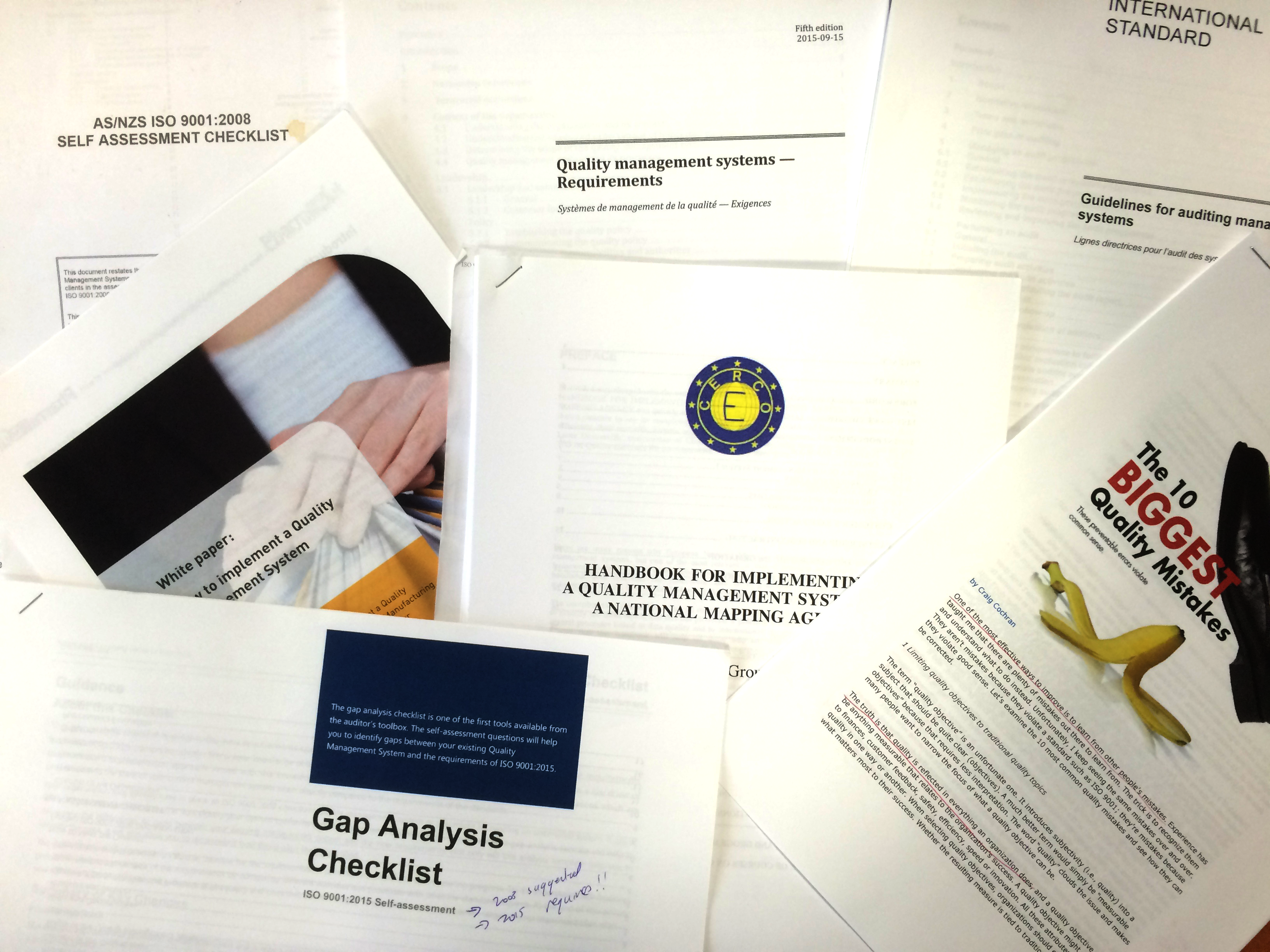When I was working in the sterile pharmaceutical industry, I reviewed the The Australian Code of Good Manufacturing Practice for Medicinal Products (2002) as part of my self-development. This code was revoked effective from 1 July 2010 and replaced by the PICS Guide for Good Manufacturing Practice for Medicinal Products 2009, as adopted in Therapeutic Goods (Manufacturing Principles) Determination No. 1 of 2009. Here’s the original review.
I have now reviewed the PICS Guide for Good Manufacturing Practice for Medicinal Products 2009, from the stand point of a microbiologist working collaboratively in a sterile pharma plant. What my review does is make note of the salient points and I add comments to some.
Both the revoked 2002 Australian GMP code and the 2009 PICs guide are based on ICH Q&A Good Manufacturing practice Guide for Active Pharmaceutical Ingredients which was last modified in 2000. In 2015 21 pages worth of clarifications were published to clear up some technical questions and to remove ambiguities. Looking at them, I’m not sure why clarification was needed as they all seem straight forward and answerable by anyone experienced working within a pharmaceutical manufacturing environment. This means that despite having “no recent experience” as deemed by some potential employers, my knowledge is still bang up to date. Combine that with my fantastic memory and impressive technical skills and I’d be an asset to your company. Continue reading →



